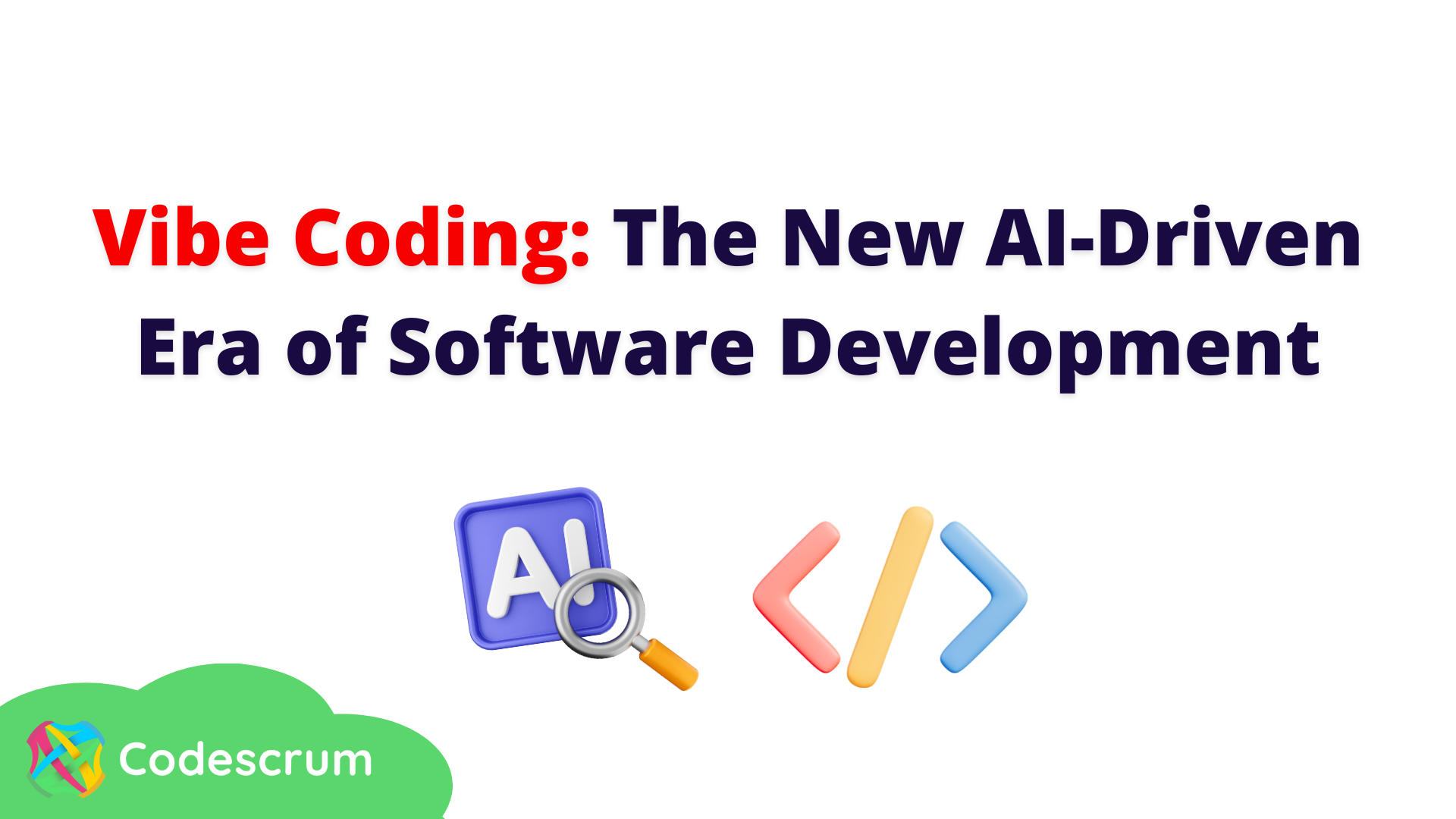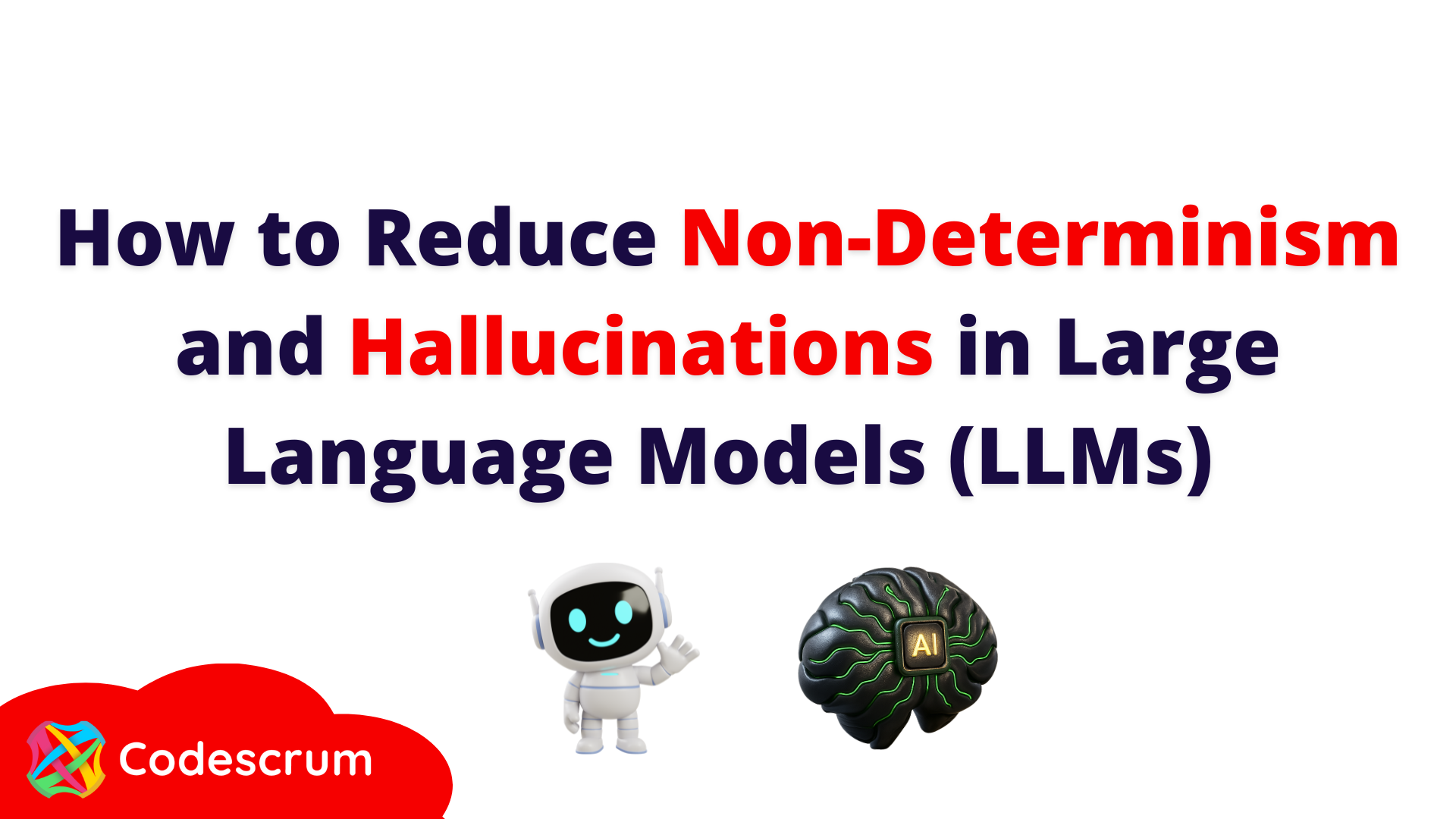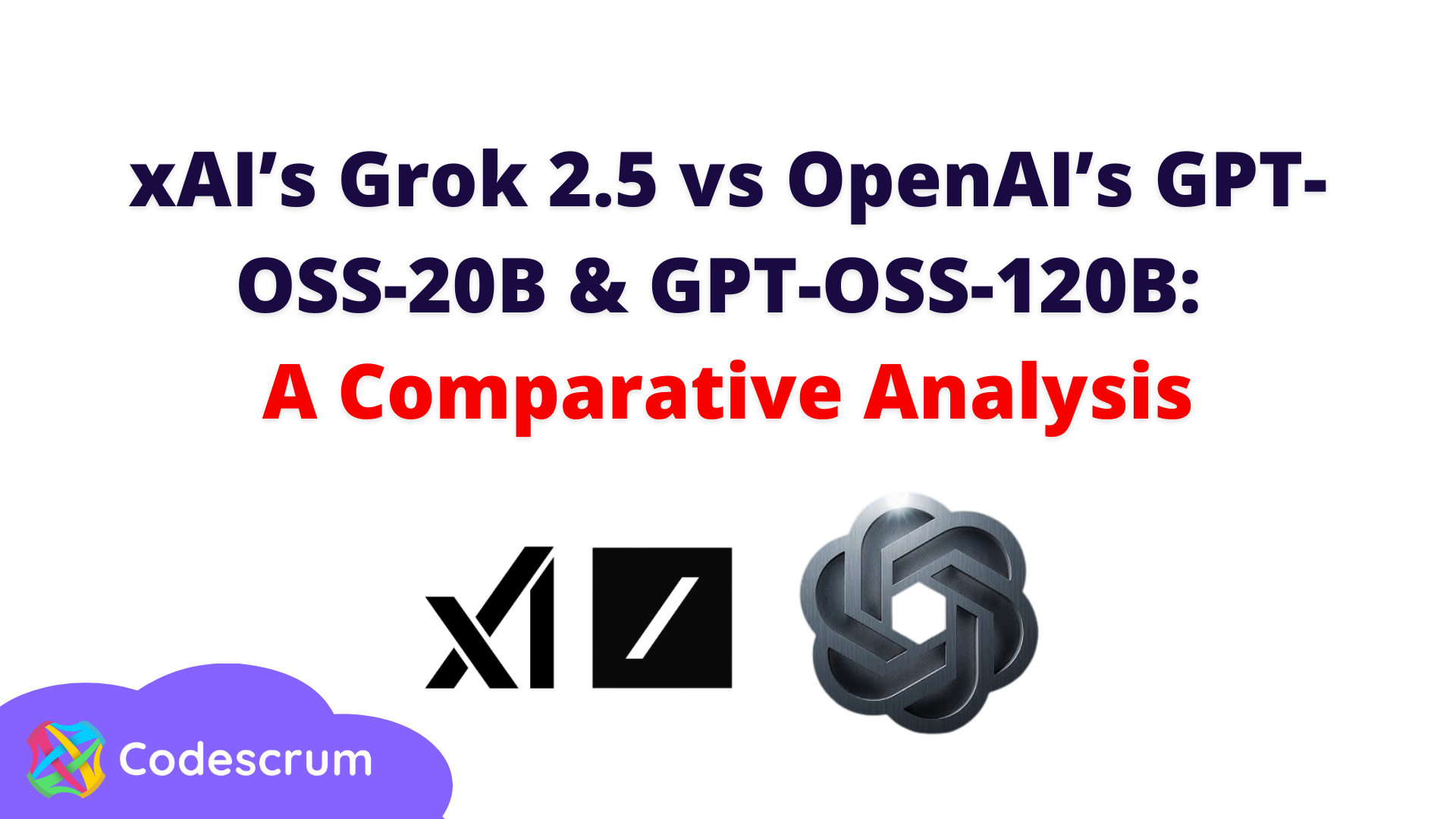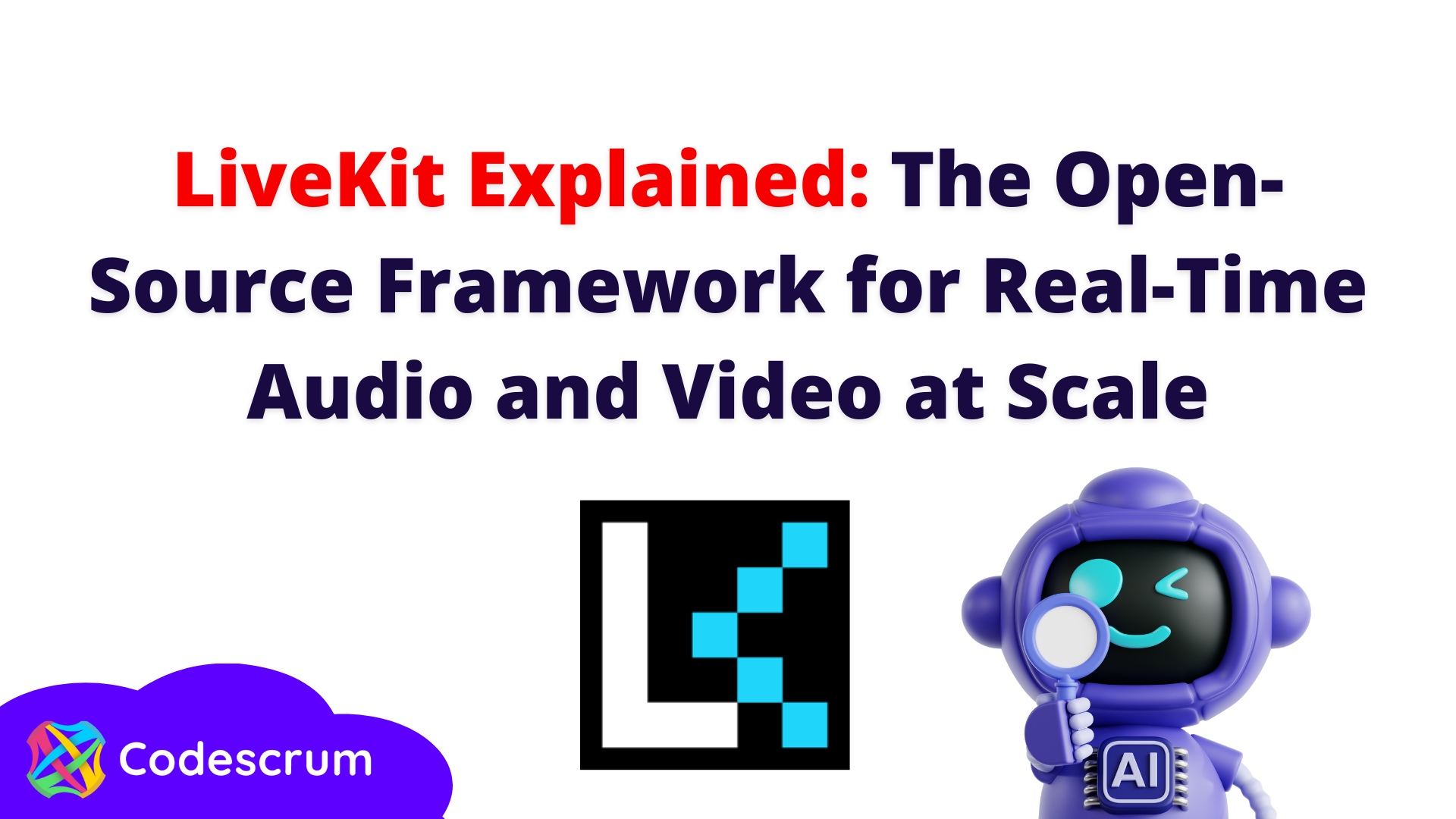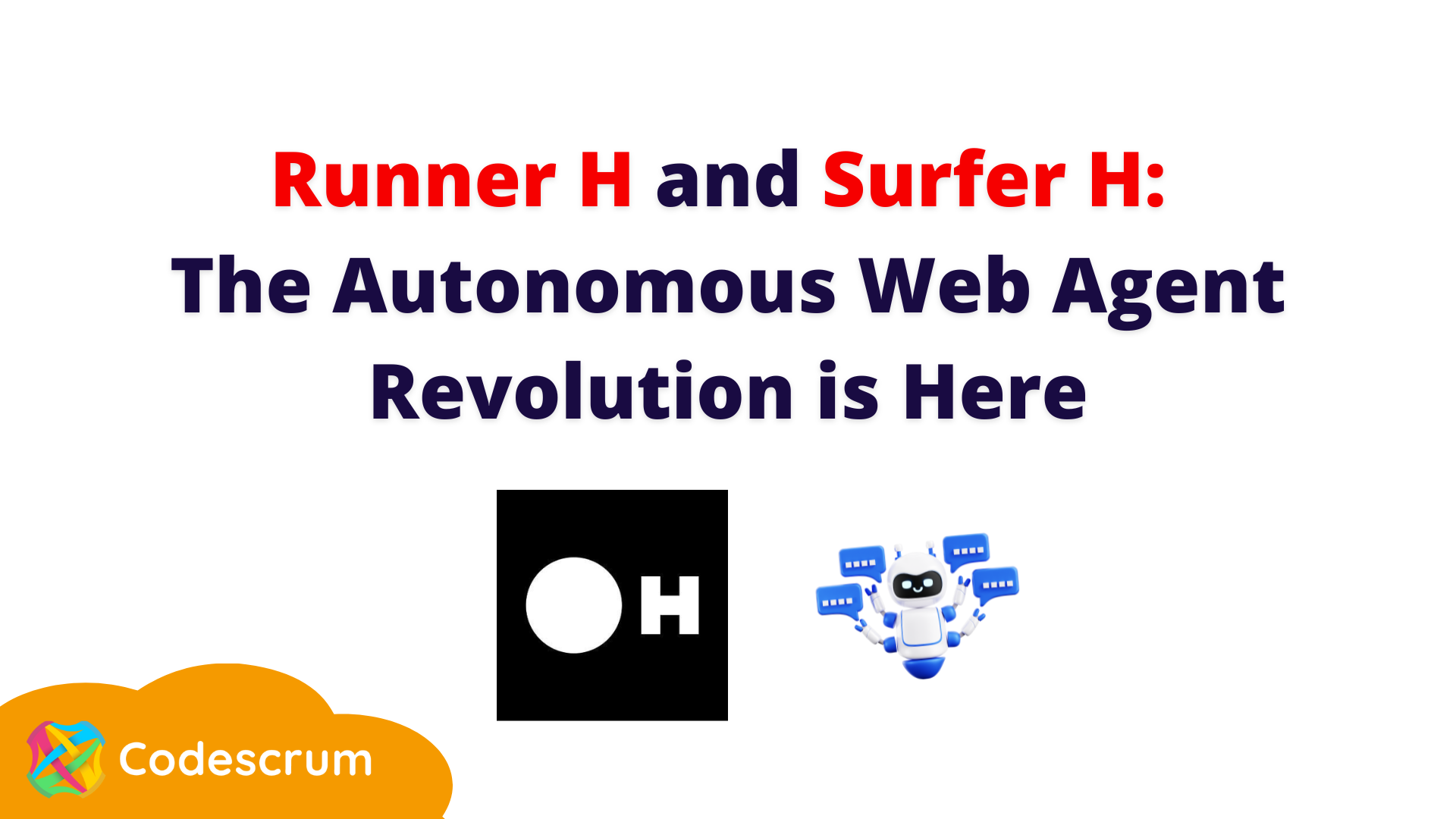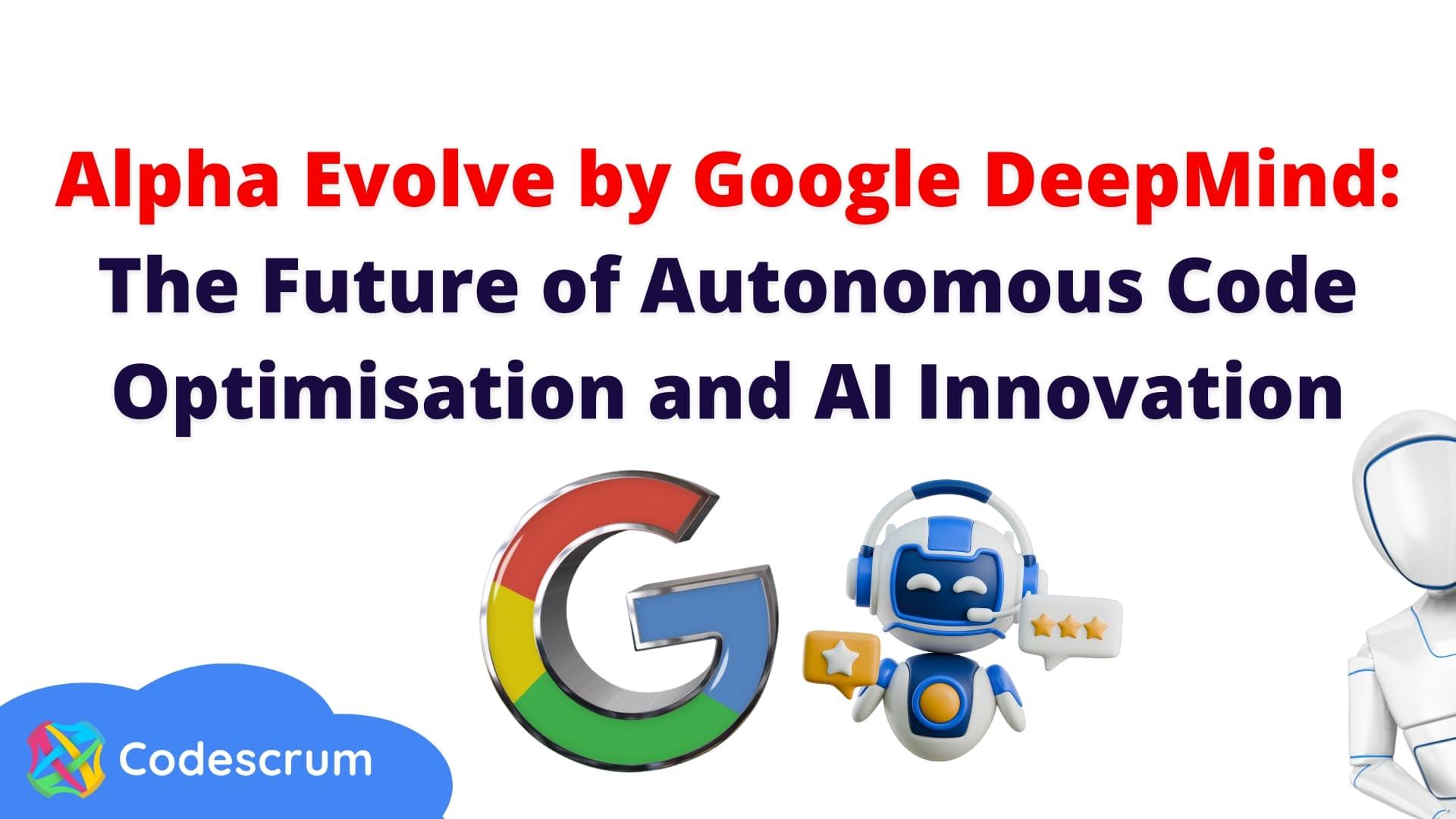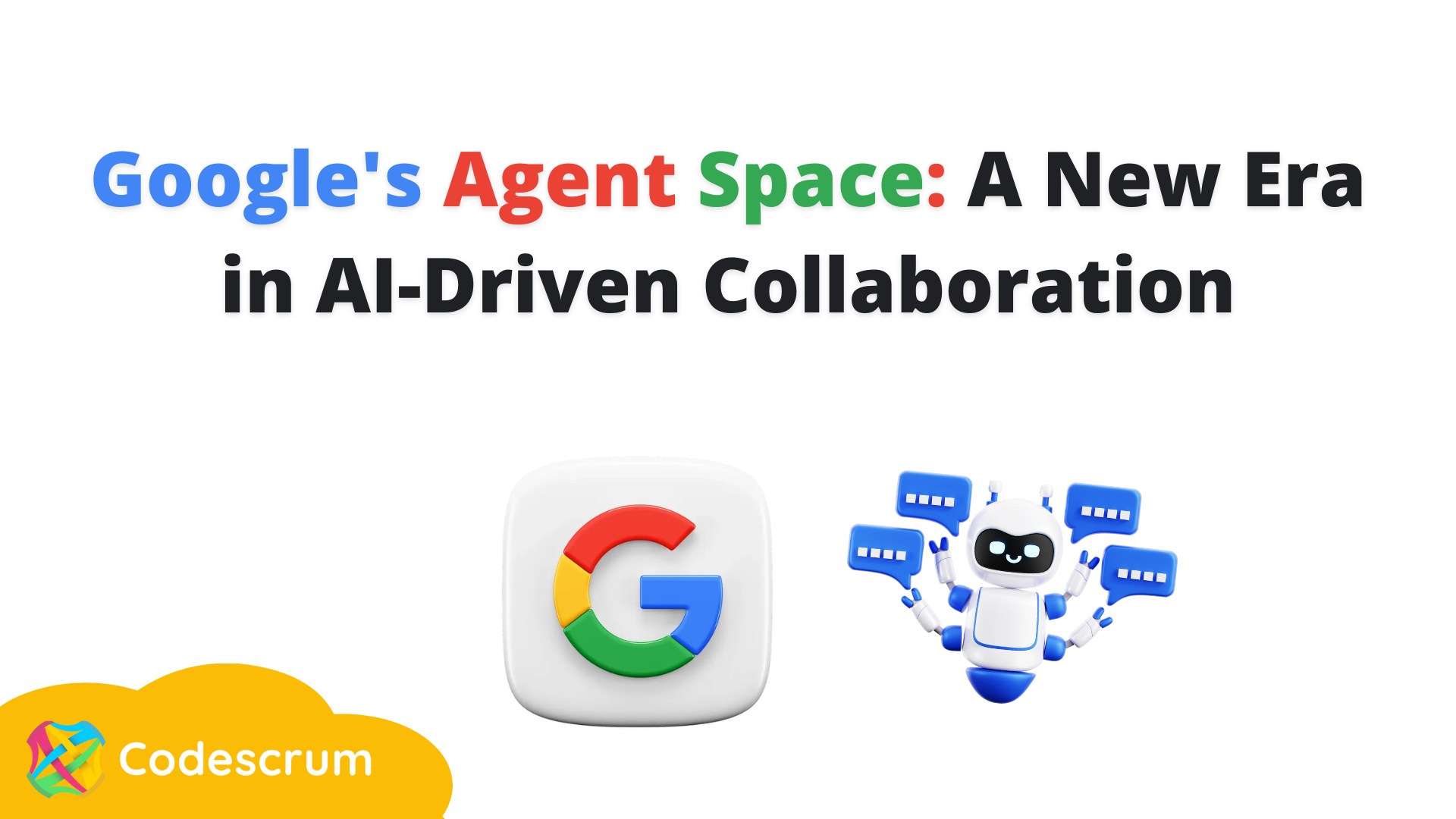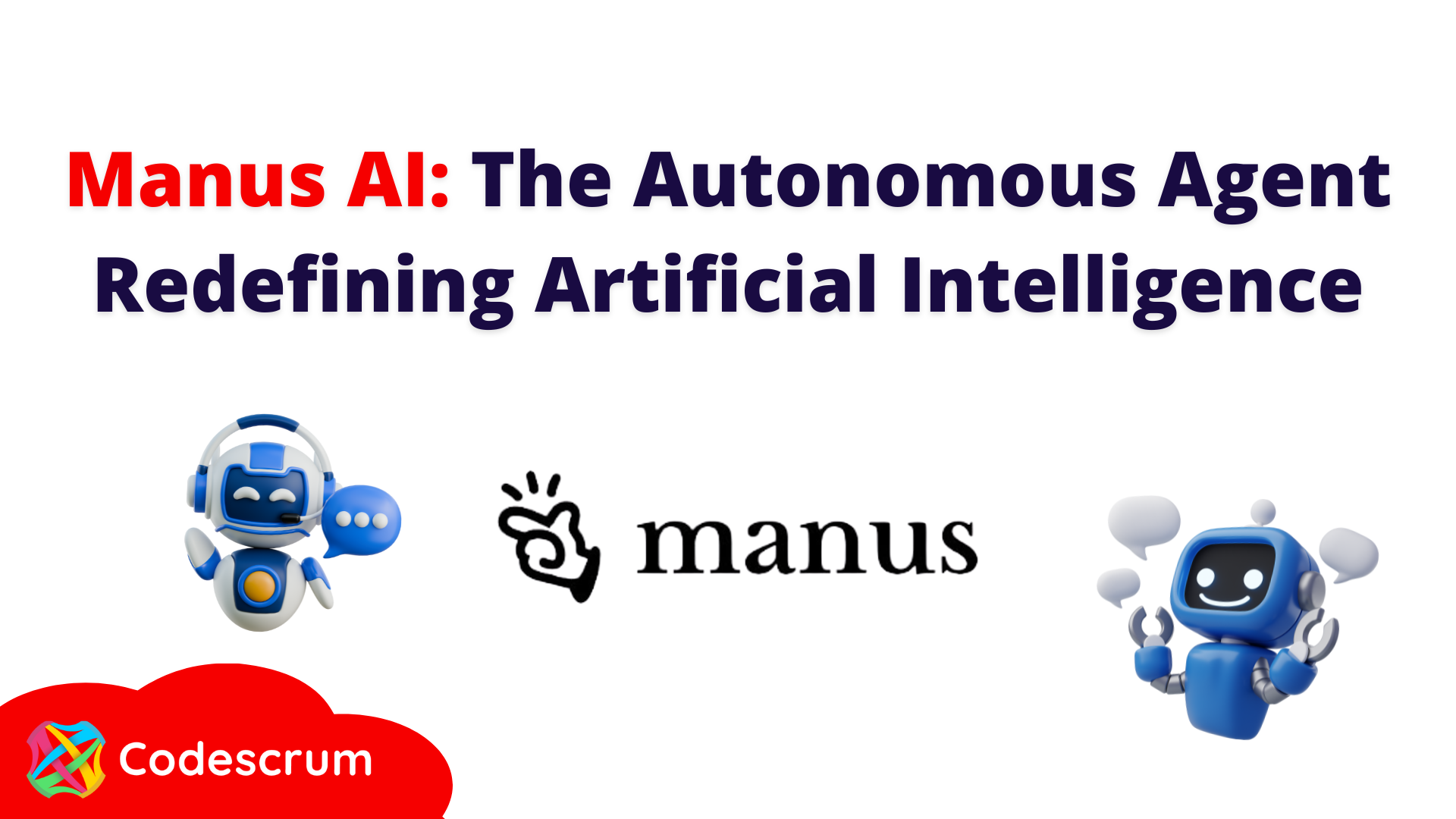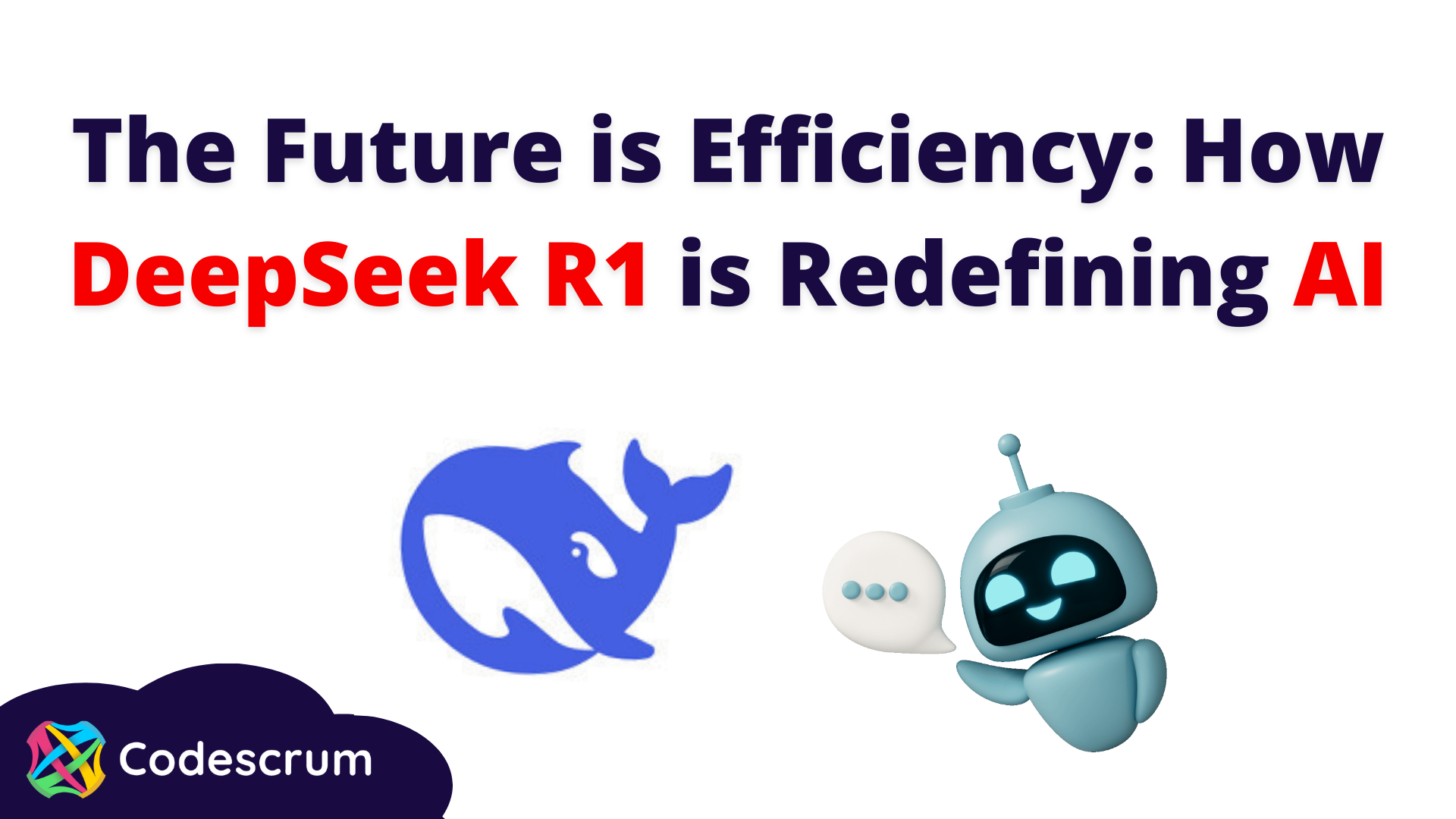Vercel AI SDK: Simplifying the Development of Intelligent Applications
In recent years, large language models (LLMs) and generative artificial intelligence have transformed technology, powering applications to generate text, create images, answer complex questions, and more. However, integrating these models into applications is not straightforward: the diversity of providers, APIs, and formats can make development a highly complex challenge. The Vercel AI SDK emerges as a powerful solution that unifies and simplifies this process, allowing developers to focus on building applications rather than struggling with integrating multiple platforms and model providers.
What is the Vercel AI SDK?
The Vercel AI SDK is a TypeScript toolkit designed to facilitate the creation of AI-driven applications in modern development environments such as React, Next.js, Vue, Svelte, and Node.js. Through a unified API, the SDK enables seamless integration of language and content generation models into applications of any scale, helping developers build generative and chat interfaces without confronting the technical complexity of each model provider.
With the AI SDK, Vercel allows developers to easily switch providers or use several in parallel, reducing the risk of relying on a single provider and enabling unprecedented flexibility in AI development.
Main Components of the Vercel AI SDK
The SDK comprises two primary components:
- AI SDK Core:
This unified API handles text generation, structured objects, and tool-calling with LLMs. This approach allows developers to work on their applications without customising the code for each model provider.
- AI SDK UI: A set of agnostic UI hooks and components that enable the quick creation of chat and generative applications by leveraging the power of LLMs. These hooks are ideal for creating real-time conversational experiences that maintain interactivity and flow.
Supported Models and Providers
The Vercel AI SDK is compatible with major providers of language and content generation models, including:
- OpenAI: A pioneer in generative artificial intelligence, offering models like GPT-4 and DALL-E.
- Azure: With integration for Microsoft’s cloud AI services.
- Anthropic: Specialised in safe and ethical LLMs.
- Amazon Bedrock: Amazon’s cloud generative AI service.
- Google Vertex AI and Google Generative AI: Models designed for high-performance enterprise solutions.
Additionally, the SDK supports integration with providers and OpenAI-compatible APIs like Groq, Perplexity, and Fireworks, as well as other open-source models created by the community.
Key Benefits of the Vercel AI SDK
Integrating language models can be challenging due to differences in APIs, authentication, and each provider's capabilities. The Vercel AI SDK simplifies these processes, offering several benefits for developers of all levels:
- Unified API: The SDK’s API allows developers to work uniformly with different providers. For example, switching from OpenAI to Azure becomes a seamless process without needing to rewrite extensive code.
- Flexibility and Vendor Lock-In Mitigation: With support for multiple providers, developers can avoid dependency on a single provider, enabling them to select the model that best suits their needs and switch without losing functionality.
- Streamlined Setup and Simplified Prompts: The SDK’s prompt and message management is designed to be intuitive and reduce friction when setting up complex interactions between user and model.
- Streaming UI Integration: The SDK's significant advantage is its ability to facilitate streaming user interfaces. This allows LLM-generated responses to stream in real-time, enhancing the user experience in conversational applications.
Streaming vs. Blocking UI: Enhancing User Experience
The Vercel AI SDK enables developers to implement streaming user interfaces (UIs), which are essential for conversational or chat applications. When generating lengthy responses, a traditional blocking UI may result in users waiting up to 40 seconds to see the entire response. This slows down the experience and can be frustrating in applications that aim for natural and fluid interaction, such as virtual assistants or chatbots.
In a streaming UI, content is displayed as the model generates it. This means users see the response in real time, which is ideal for chat applications that aim to simulate human response speed. Here’s an example of the code required to implement streaming UI with the SDK:
import { openai } from '@ai-sdk/openai';
import { streamText } from 'ai';
const { textStream } = await streamText({
model: openai('gpt-4-turbo'),
prompt: 'Write a poem about embedding models.',
});
for await (const textPart of textStream) {
console.log(textPart);
}
This code uses the SDK’s streamText function to generate real-time text with OpenAI’s GPT-4 Turbo model, splitting the response into parts to stream immediately. With just a few lines of code, developers can create an immersive and fast experience ideal for conversation-based applications.
Use Cases
The Vercel AI SDK has immense potential in various applications, from customer service automation to building personalised virtual assistants. Here are some practical use cases:
- Virtual Assistants and Chatbots: Thanks to the streaming UI, chatbots can respond in real-time, simulating a smooth and rapid conversation. This is valuable in customer service, healthcare, education, and more.
- Customised Content Generation: For blogs, media, and e-commerce, the SDK allows developers to automatically create large-scale product descriptions, social media posts, and article summaries.
- Code and Documentation Assistants: Developers can use the SDK to build assistants that help users find information in technical documentation, improving productivity in development and support projects.
- Interactive Art and Creativity Applications: The SDK supports the creation of immersive generative art experiences, which are in high demand in the creative industry. It is compatible with generating images, audio, and text.
Getting Started with the Vercel AI SDK
Integrating with the Vercel AI SDK is straightforward. By installing the SDK with TypeScript, developers can import and use its functions in just a few minutes, including text generation, support for complex messages, and streaming tools programmatically. With its structured prompt API, configuring messages and instructions for models is significantly simplified, adapting to different levels of complexity depending on the use case.
For advanced configurations, the SDK allows schemas to define parameters for tools or structured results, ensuring that generated data is consistent and accurate. These schemas are helpful, for example, in generating lists of products or financial data, where precision is crucial.
Conclusion: The Future of AI-Driven Development
The Vercel AI SDK is a tool that transforms how developers approach building AI-powered applications. The SDK significantly reduces the complexity of working with LLMs and generative AI by providing a unified interface, compatibility with multiple providers, support for streaming UIs, and straightforward implementation of prompts and messages.
This SDK offers a comprehensive solution for companies and developers looking to harness AI's power without the technical challenges of custom integration. As language models and AI evolve, tools like the Vercel AI SDK will be essential to democratising technology access and simplifying its adoption in everyday products and services.
